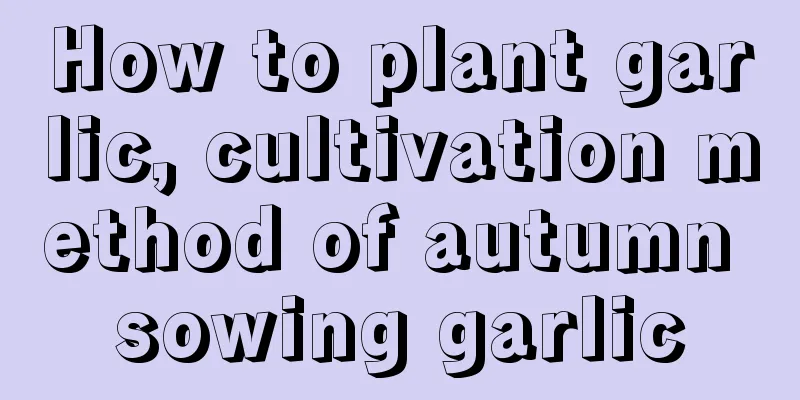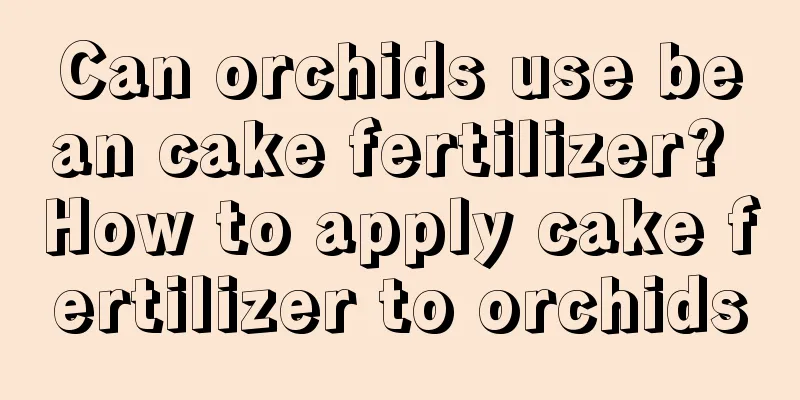How to prune eggplant to get high yield?

|
Eggplant is a crop that is easy to cultivate and has a long growth cycle. If managed properly, an eggplant seedling can not only grow in the same year, but also bloom and bear fruit for many consecutive years. Therefore, many people in rural areas like to grow a few eggplants in their own vegetable gardens. So how do you prune eggplant to get a high yield? 1. Remove the side branches under the first flower Eggplant grows quickly and usually begins to flower when it is 40 cm tall. At this time, the leaves of the eggplant seedlings are very lush, especially near the roots, where side branches tend to grow. Many people believe that more side branches mean higher eggplant yields, but in fact, the nutrients absorbed by the roots of eggplant seedlings are limited. Too many side branches will disperse the nutrients and affect the growth of the main branches and fruits. Therefore, cutting off the side branches and buds under the first flower can concentrate nutrients on the main trunk and flowers, laying the foundation for high yield. 2. Keep two main branches for each plant Eggplant seedlings tend to branch out during their growth. If not controlled, the number of side branches will increase, sometimes even as many as a dozen. Although more side branches mean more fruits, due to the limited nutrient supply of the root system, too many side branches may lead to malnutrition of the fruits and affect yield. Therefore, when the eggplant seedlings grow to more than 30 cm, you can start to retain side branches. When branching for the first time, keep two, plus the main branch, for a total of three branches. During the subsequent growth process, only one strong side branch is retained. 3. Remove the side buds under the fruit The side buds of eggplant seedlings grow rapidly, and many of them grow in the leaf axils below the eggplant flowers and fruits. These side buds consume a lot of nutrients and reduce the nutrient supply of the fruit. Therefore, these side buds must be removed decisively to concentrate nutrients on the growth of eggplants, making them grow faster and bigger and improving their quality. In addition to the above three aspects, the old leaves under the first branch should also be cut off to maintain ventilation and light transmission between the eggplant seedlings, facilitate subsequent soil loosening and soiling work, and reduce the occurrence of diseases and pests.
|
>>: How many days does it take for Chinese cabbage to sprout and emerge from the soil?
Recommend
What to do if there are too many green radish roots
Aerial roots When growing green radish. It is oft...
How long does it take for purple bamboo plum cuttings to take root?
Rooting time of purple bamboo plum cuttings There...
How to grow sunflowers so that they will bloom out of the pot?
Whenever flower lovers want to grow flowers and p...
Medium-leaf chive planting time and method
Leek is a very common vegetable in our lives and ...
How to cultivate mountain peach blossom
1. Soil Mountain peach blossom is more suitable f...
How to grow bird of paradise flower
Growth habits of bird of paradise Warm and humid ...
How to care for grafted Christmas cactus
one. To control the lighting: Because the Christm...
Yellow rose varieties
Red Rose Cardinal This variety is called Cardinal...
What herbicide is best for controlling trifoliate grass?
In agricultural production and garden management,...
How to propagate daffodils and what to pay attention to
How to propagate daffodils When propagating daffo...
Cultivation method of cold orchid
1. Lighting Cymbidium likes a cool environment an...
How to plant Lipu taro
The Lipu taro is shaped like an olive, with a rou...
Planting method and time of red beans (technical points) When is the best time to plant
Suitable planting time for red beans Red beans ar...
Cultivation methods and precautions of tennis flower
How to grow tennis flowers soil For potted tennis...
How often should I water the Jade Plant?
How often should I water the Jade Plant? Jade pla...









